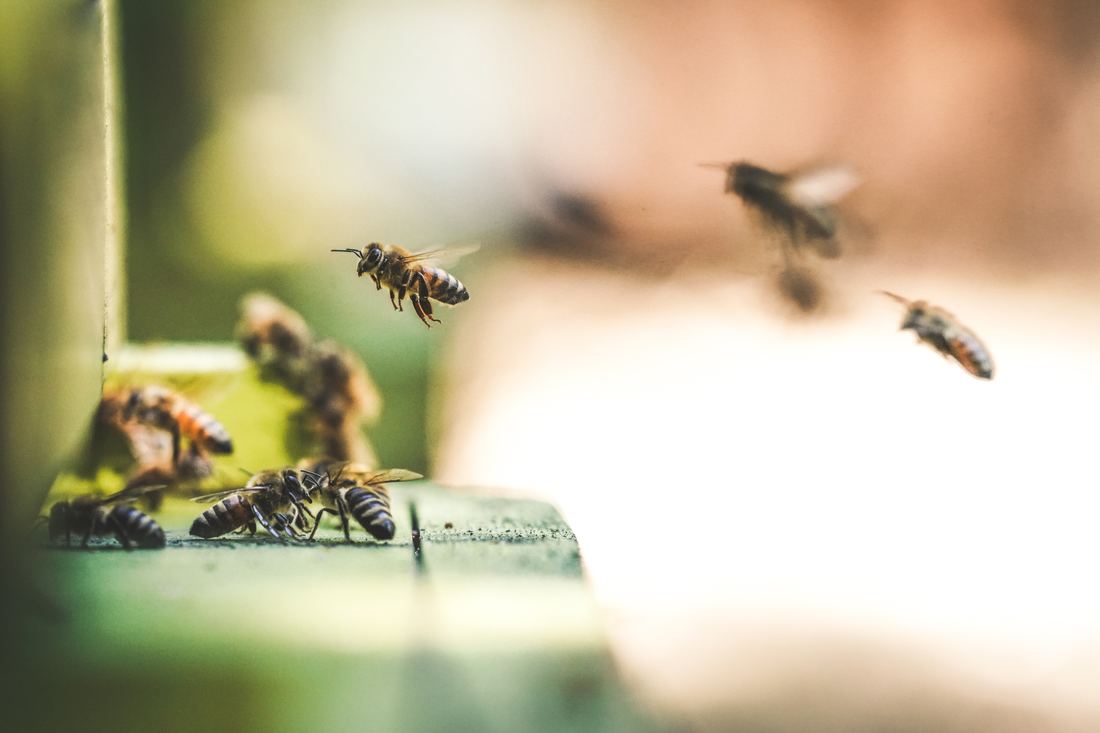I recently attended a conference that featured Dr. Thomas Seely. He’s the “bee” guy. His research has shown that bees have a quasi-democratic method for selecting the sight for a new hive.
Dr. Seely has taken his research with bees and applied it to the human decision making process. He calls it, “Five Habits of Highly Effective Hives.” The habits include:
1. Remind individuals of their shared interests, and foster mutual respect.
2. Minimize the leader’s influence on the outcome.
3. Seek diverse solutions to a problem.
4. Avoid the tendency to seek rapid consensus; take time to talk it through.
5. Balance interdependence and independence (no “groupthink”).
These principles for cooperation and collaboration are based on the behavior of bees. In making a decision, bees do not have a designated leader (despite having a “queen”), diverse options are always considered, the rate of decision making is always the same (it never speeds up or slows down) and they use individual observation to inform the group.
This process reminds me of the movie “Of God and Men.” In the movie, which takes places in the 1990’s, a group of Trappist monks in Algeria must decide if they will stay amid the rising Islamic tensions in the area or leave their predominantly Muslim community for safety in France. I wrote a blog about it that you can read here.
Differentiation of self, a concept discovered by Dr. Murray Bowen through his observations of human behavior, is useful for making good decisions. Differentiation of self is the force that motivates individuals to be clear about what one feels, thinks and is willing to do or not do while at the same time helps one stay in good contact with important others. As one becomes freer from group process and group think (the togetherness force), one is able to contribute facts and objective observations back to the group. This process of providing facts and observations influences the decision making process. Thinking begets thinking, which begets thinking. Individuals who are working on differentiation of self are a good resource to anyone working on a problem.
Clergy may “hear” differentiation as a technique for working with committees, teams and boards. It’s not a technique and it cannot be confined into steps. It is a way of thinking. It’s not about being in control of the emotional “atmosphere” for decision making. It’s about taking responsibility for the way one contributes to the emotional atmosphere of the group. One learns to pay attention to the automatic reactivity that is generated in self and in others as one works on engaging others at a more thoughtful level.
The best place to work on differentiation is in one’s family. It’s in the family that one’s patterns of reactivity are given birth over multiple generations and it’s there that one can practice (yes practice) working on being a responsible self in relationship to others. As we grow up in our families, we develop the capacity of differentiation (which is a counter force to togetherness) as we separate (without cutting off) from our families of origin. Anxiety disrupts this developmental process. Most of us will spend a lifetime learning how to do a better job of regulating our anxiety as we continue the process of separation. The bees may be lucky that their decision-making process is automatic and highly effective. Humans are still learning how to make good use of the prefrontal cortex. The upside to having a thinking brain is that humans get to not only enjoy the honey but also observe and appreciate what it takes to setup shop and make it!

 RSS Feed
RSS Feed